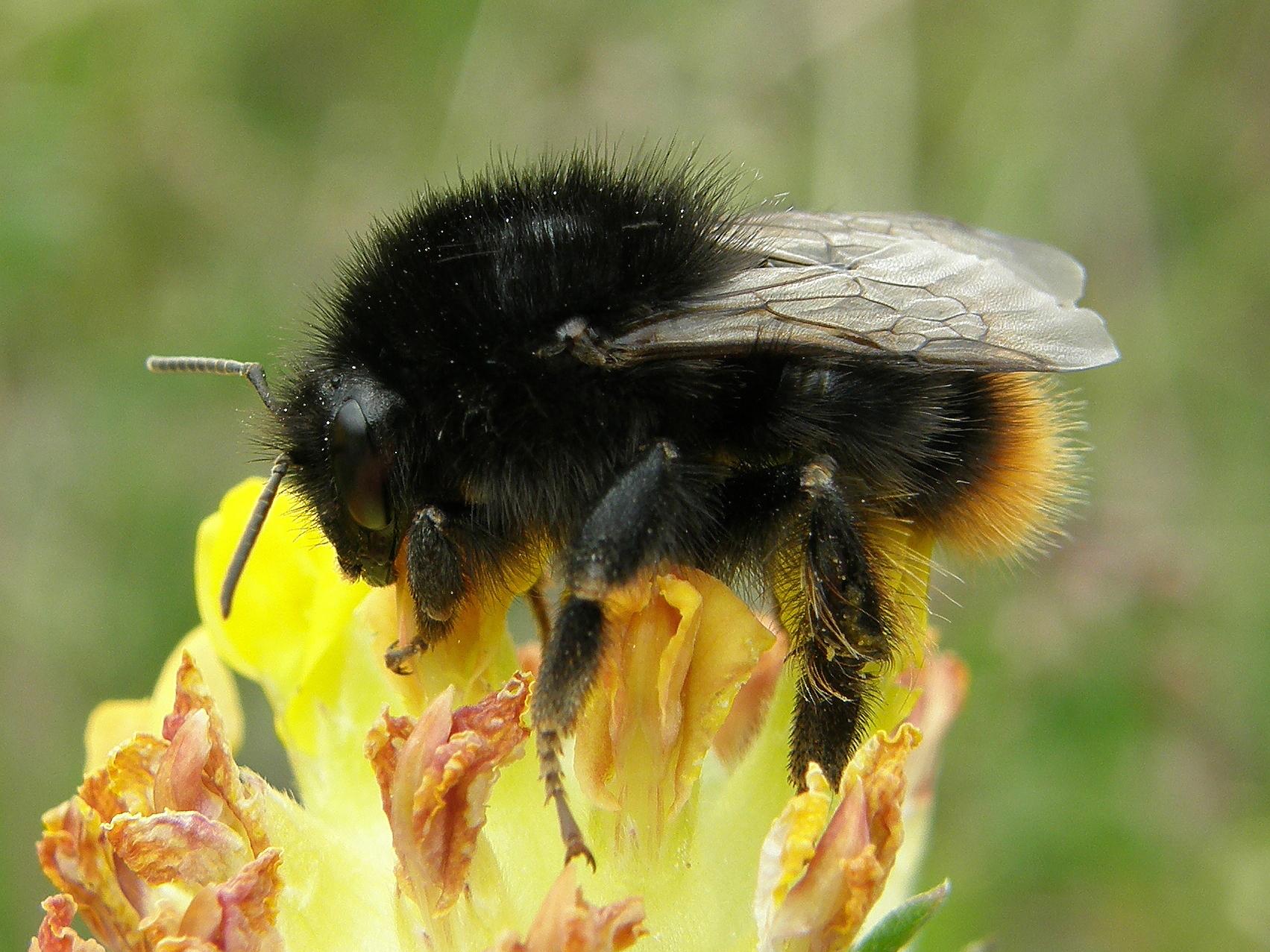Bees and other pollinating insects disappear from quarter of UK habitats in population crash
‘This pattern of biodiversity loss is happening everywhere we look’

Your support helps us to tell the story
From reproductive rights to climate change to Big Tech, The Independent is on the ground when the story is developing. Whether it's investigating the financials of Elon Musk's pro-Trump PAC or producing our latest documentary, 'The A Word', which shines a light on the American women fighting for reproductive rights, we know how important it is to parse out the facts from the messaging.
At such a critical moment in US history, we need reporters on the ground. Your donation allows us to keep sending journalists to speak to both sides of the story.
The Independent is trusted by Americans across the entire political spectrum. And unlike many other quality news outlets, we choose not to lock Americans out of our reporting and analysis with paywalls. We believe quality journalism should be available to everyone, paid for by those who can afford it.
Your support makes all the difference.Wild pollinating insects have vanished from a quarter of their former habitats across Britain, according to a new report.
Around a third of bee and hoverfly species across the country have experienced population crashes since the 1980s, raising concerns about food production and biodiversity.
The UK is home to hundreds of varieties of pollinators that provide £690m in value to the economy every year.
But the rise of industrial farming and pesticide use, combined with disease, invasive species and climate change, threatens the future of these insects and the agriculture they support.
Using data collected by volunteers across a 33-year period starting in 1980, scientists from the Centre for Ecology and Hydrology assessed the fates of over 350 species of pollinators.
The results were not all bad news, with a tenth of species – including those considered most crucial for pollinating crops – actually showing increases in their habitat size over the same period.
The team attributed this success to the abundance of oilseed rape for them to feed on, and government schemes encouraging farmers to plant more wildflowers.
But study author Dr Ben Woodcock said despite many populations remaining stable, their results revealed a “worrying” trend that chimed with wider warnings of mass insect extinctions.
“That is perhaps unsurprising. You’ve got ever-intensified agricultural systems, you’ve got loss of key habitats nationally, you’ve got climate change … there is a myriad of pressures impacting on these populations,” he said.
The research, published in the journal Nature Communications, showed that, on average, each species had disappeared in one out of every four places they were found in previous decades.
In practice this meant 11 pollinators lost from each 1km grid square tested since the 1980s.
Bees and hoverflies making their home in upland regions had seen even worse declines, from across 55 per cent of their range, potentially in response to shifting climate conditions.
While the nation is not in immediate danger of losing its key pollinators, the decline of rarer or more specialised varieties could leave British nature vulnerable in the years to come.
“This pattern of biodiversity loss is happening everywhere we look,” said Dr Lynn Dicks, a pollinator expert at the University of East Anglia, who was not involved in the study.
“It’s a process of homogenisation and leaves us with a natural world that is far poorer and less resilient to change.”
Even the relatively successful species showed a dip after 2006, around the time pesticides known to harm pollinators became ubiquitous across the countryside.
“The recent decline in widespread crop pollinating bees is likely to have been caused by the toxic effects of landscape-wide neonicotinoid use,” said Matt Shardlow, chief executive of campaign group Buglife.
However, with the dataset ending in 2013, it does not capture the long-term impact of neonicotinoids or the ban that has since been implemented.
As the team’s data can only provide evidence of presence or absence, experts warned the numbers of insects being lost may be worse than this study suggests.
While the report provides a clear warning, the scientists said there was a need for more detailed information about the scale of insect declines and what was behind them.
“If the downward trajectories that you see here continue for another 40 or 50 years, some species may be lost from Britain,” said Dr Nick Isaac, another study author.
“But we do know quite a lot about how to mitigate those declines in terms of habitat management, so it’s not inevitable.”
Responding to the news, a Department for Environment, Food and Rural Affairs spokesperson said: “Insects are fundamental to the health of the natural world and the decline of these vital species on a global scale is deeply concerning.
“That’s why we are taking action to restore biodiversity and build on some of the successes recognised in this report. We are improving the status of pollinating insects and other species through our 25-year Environment Plan and National Pollinator Strategy. For example, we are restoring wildlife-rich habitats and supporting science-led restrictions on neonicotinoids to protect bees and other pollinators.
“It is critical that we act now to ensure that we leave our environment in a better state for future generations.”
Join our commenting forum
Join thought-provoking conversations, follow other Independent readers and see their replies
Comments